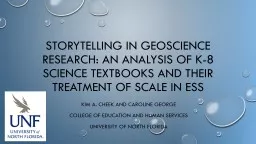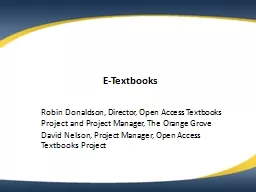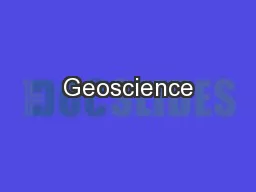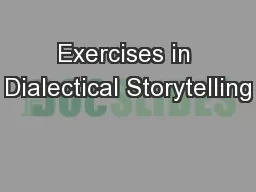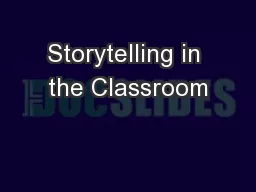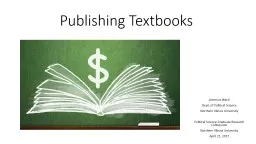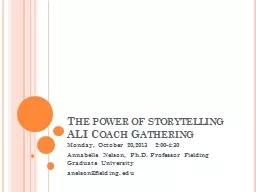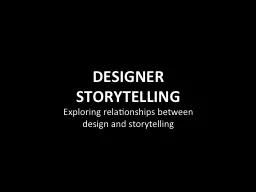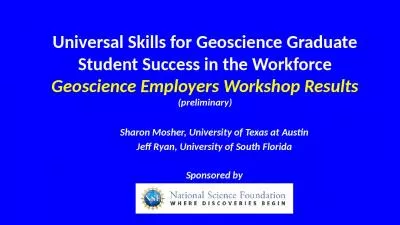PPT-Storytelling in Geoscience Research: An Analysis of K-8 Science Textbooks and their Treatment
Author : norah | Published Date : 2023-05-29
Kim A cheek and caroline George College of education and human services University of north florida Defining Scale Spatial temporal or numeric magnitude of an
Presentation Embed Code
Download Presentation
Download Presentation The PPT/PDF document "Storytelling in Geoscience Research: An ..." is the property of its rightful owner. Permission is granted to download and print the materials on this website for personal, non-commercial use only, and to display it on your personal computer provided you do not modify the materials and that you retain all copyright notices contained in the materials. By downloading content from our website, you accept the terms of this agreement.
Storytelling in Geoscience Research: An Analysis of K-8 Science Textbooks and their Treatment: Transcript
Download Rules Of Document
"Storytelling in Geoscience Research: An Analysis of K-8 Science Textbooks and their Treatment"The content belongs to its owner. You may download and print it for personal use, without modification, and keep all copyright notices. By downloading, you agree to these terms.
Related Documents

